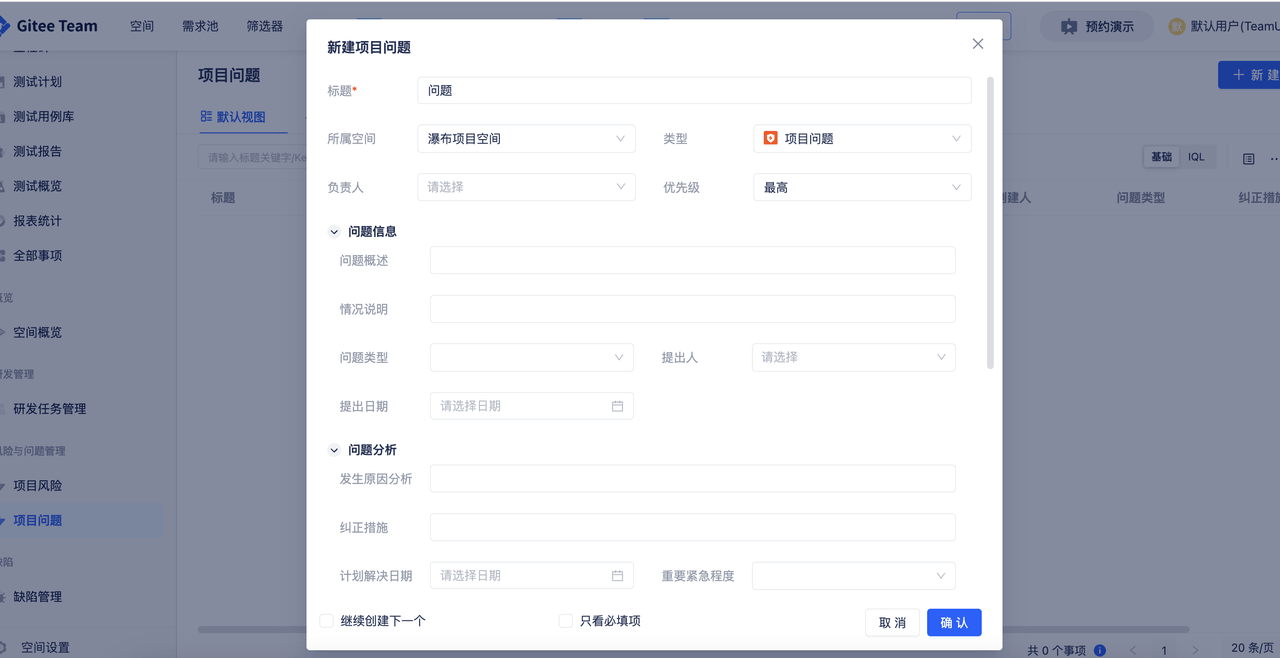Scenario Workflows
Agile Development Management
1. Scenario Description
Agile development is a philosophy and practice that encompasses the entire software engineering process, with its core being iterative and incremental software development methods. Customer value-oriented, it continuously adjusts and optimizes during project implementation to meet actual customer needs. In the rapidly evolving technology industry, enterprises need to quickly adapt to market demands and frequently update product features, which requires development teams to respond rapidly to changes and collaborate efficiently.
2. Managing Sprint Backlog
Supports product owners in efficiently managing user stories through detailed requirement decomposition and intuitive priority sorting features. This enables teams to clearly identify and execute features that contribute most to business value, ensuring optimal allocation of development resources, thereby accelerating the product's market responsiveness and competitiveness.
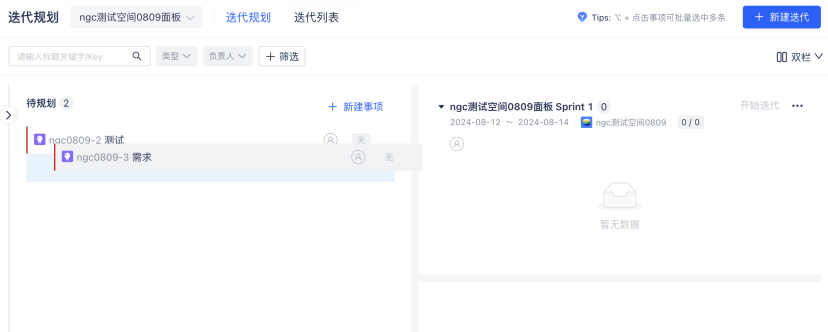
3. Managing Sprints
The sprint planning feature allows team members to collectively review and determine the focus of upcoming work before each new sprint begins. By setting clear goals, task breakdown, and reasonable allocation of story points, teams can have a clear understanding and preparation for the upcoming work, thereby improving the efficiency and quality of sprints.
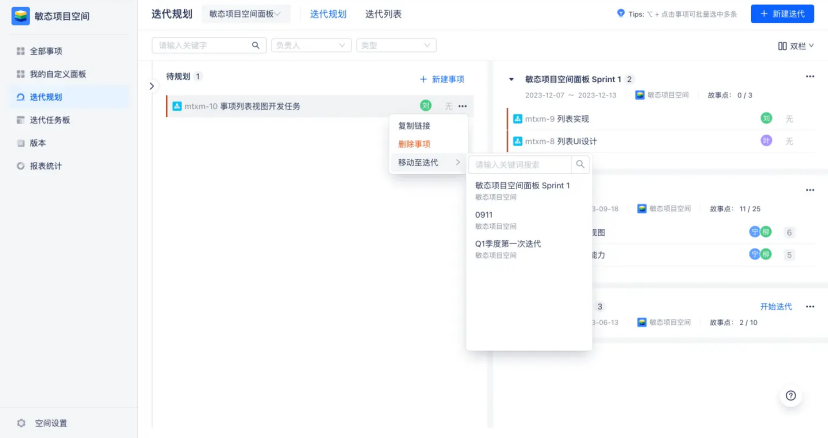
4. Sprint Execution
In the kanban board, team members can easily pick up tasks and synchronize their task progress by updating the board during daily standups. This transparent information sharing mechanism helps to timely identify obstacles and issues in the project, promote team collaboration, and ensure smooth connection of every link in the sprint process, driving the project forward.
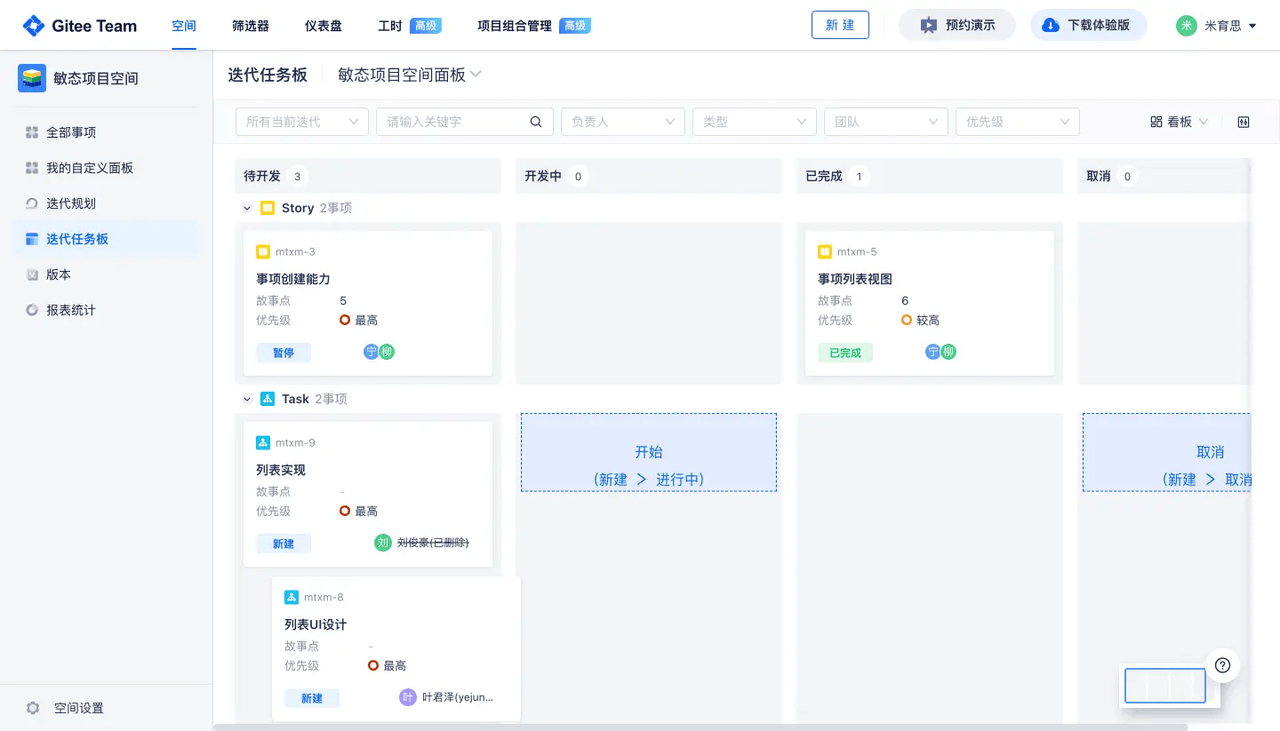
5. Sprint Tracking
Visual burndown charts and multi-dimensional reporting tools enable teams to monitor sprint progress and resource consumption in real-time. This dynamic progress tracking mechanism ensures on-time project delivery while helping project managers and team members identify potential risks and bottlenecks, allowing timely strategy adjustments to optimize the delivery process.
![]()
6. Sprint Retrospective
After each sprint ends, Team supports teams in evaluating results and performance through retrospective meetings, identifying improvement points in the process. Recording these valuable experiences and lessons in WIKI not only helps team members share knowledge but also continuously optimizes workflows, forming a team knowledge base that provides reference and guidance for future projects.
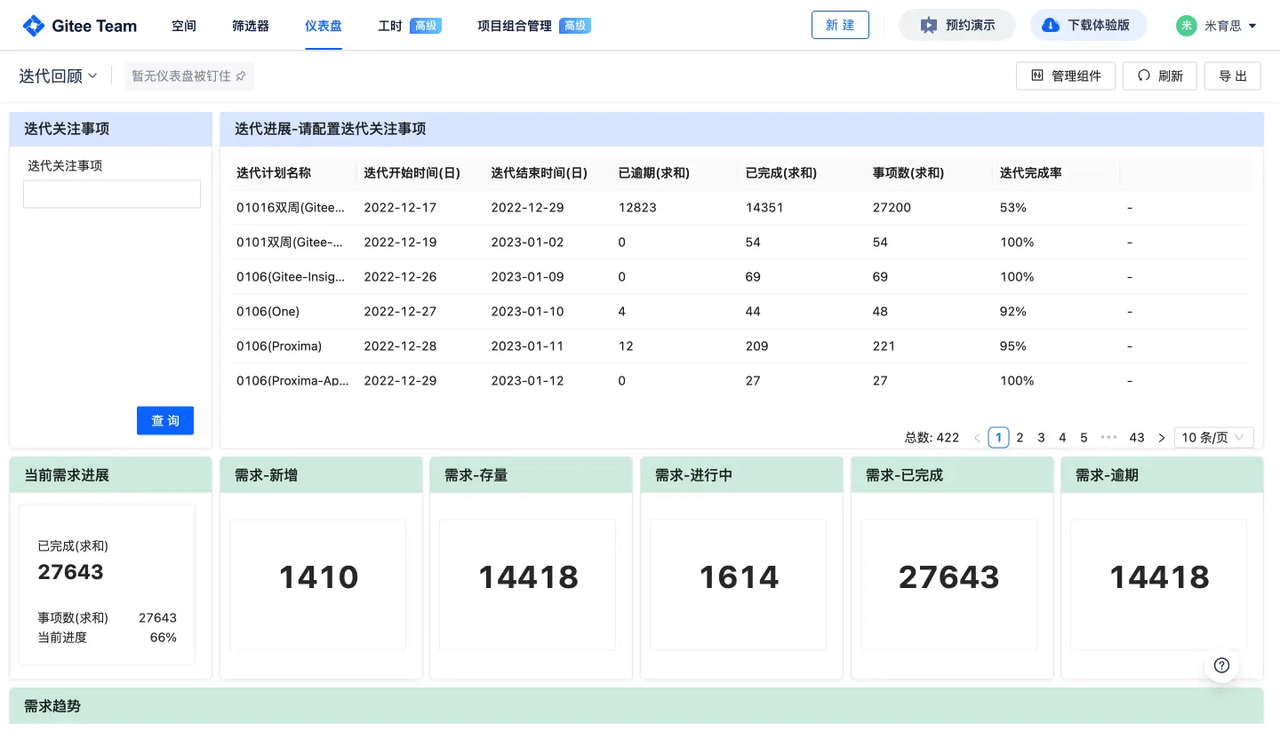
Waterfall Development Management
1. Scenario Description
Provides a comprehensive project management platform that supports the entire process from project initiation to delivery. Through structured processes and tools, it helps teams efficiently plan, execute, and monitor projects, ensuring on-time delivery of high-quality software products. Ensures structured project execution, suitable for large projects with clear requirements. Phased task refinement with strict reviews ensures quality. Orderly resource allocation, clear timelines, and controllable costs.
2. Project Planning and Breakdown
Helps teams conduct strict scope management through Gantt charts. Team members can record and evaluate any requirement changes on the platform. Project managers can ensure that even after scope adjustments, the project can still proceed according to the established schedule and budget goals while maintaining project quality and goal consistency.
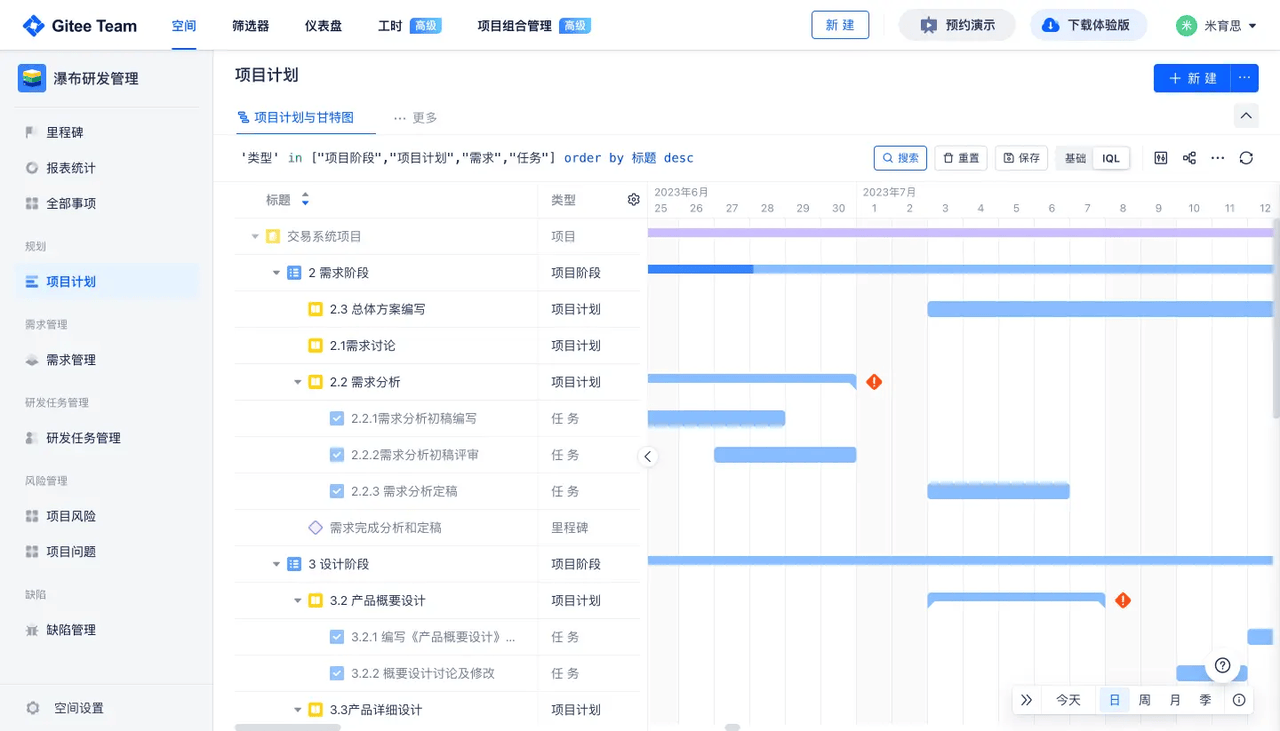
3. Project Risk and Issue Management
By defining risk and issue items, manages project process risks in the system and conducts timely tracking.
